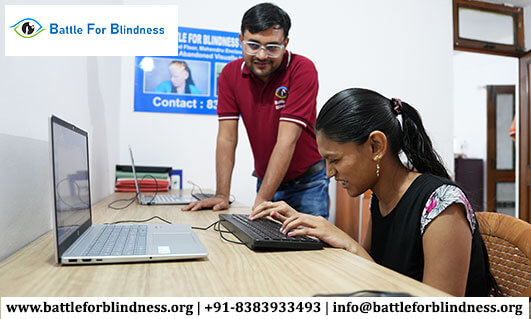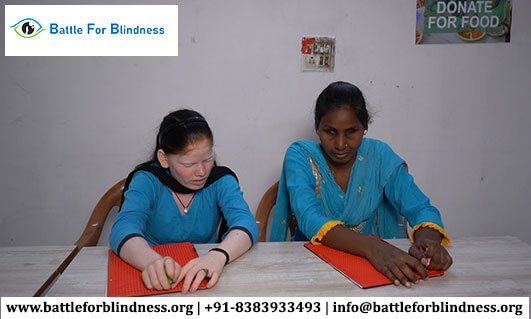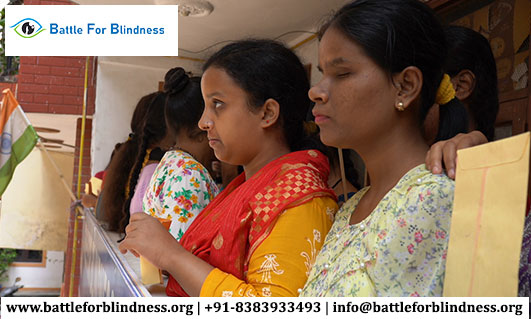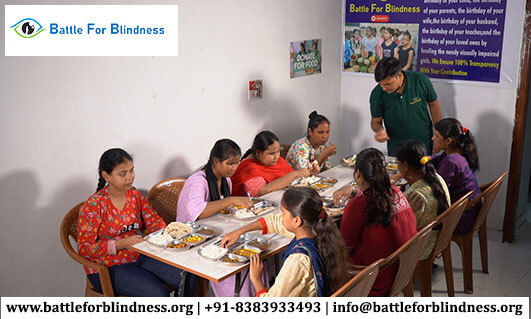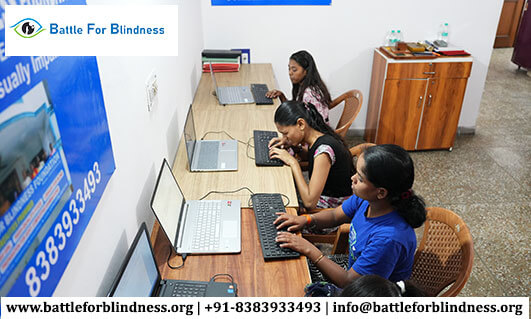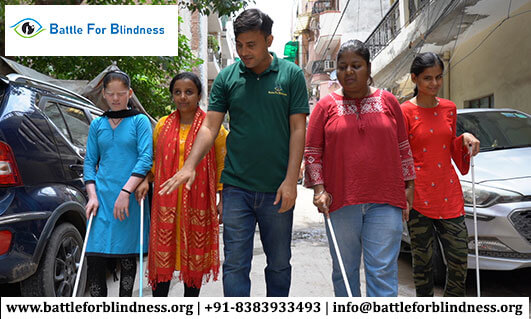
In a world where health and nutrition are central to personal growth and development, it’s imperative to address the unique challenges faced by girls with visual impairments. This underserved demographic often grapples with a multitude of barriers that impact their access to proper nutrition, affecting their overall well-being and quality of life. By understanding these challenges and working towards tailored solutions, we can create a more inclusive and health-conscious society.
The Importance of Nutrition for Girls with Visual Impairments
Good nutrition is foundational for everyone, but for girls with visual impairments, it plays an even more critical role. Nutritional deficiencies can exacerbate existing health conditions, further hindering their ability to thrive. Key nutrients like vitamin A, iron, calcium, and omega-3 fatty acids are vital for their physical and cognitive development.
However, many girls with visual impairments face unique challenges, including:
-
Limited Access to Nutritional Education: They may not have access to resources or adaptive tools like Braille guides or audio content that provide information on healthy eating.
-
Socioeconomic Barriers: Economic limitations can restrict access to diverse and nutrient-rich foods, leading to malnutrition.
-
Dependency on Caregivers: Many visually impaired girls rely on caregivers for meal preparation. If caregivers lack nutritional awareness, this dependency can further limit dietary variety and balance.
Breaking Down Nutritional Barriers
Empowering girls with visual impairments requires a multifaceted approach that addresses these challenges holistically. Here are some effective strategies:
1. Education Through Accessible Formats
Innovative solutions like tactile food models, Braille nutrition guides, and audio-based applications can educate visually impaired girls about nutrition. Partnering with organizations dedicated to the visually impaired can help disseminate these resources widely.
2. Promoting Food Independence
Teaching visually impaired girls how to independently prepare simple, nutritious meals can boost their confidence and autonomy. Adaptive kitchen tools like talking scales, color-coded cutting boards, and non-slip mats can make cooking more accessible.
3. Community Support Programs
Community-driven initiatives can bridge the gap by providing accessible meal kits or organizing inclusive cooking workshops. Collaborations with local NGOs can ensure that these programs are sustainable and far-reaching.
4. Affordable Nutritional Supplements
In areas where food variety is limited, affordable and accessible nutritional supplements can play a vital role in meeting dietary requirements. Partnerships with health organizations can make these supplements available to underserved communities.
5. Leveraging Technology
Apps designed for the visually impaired, such as those that use voice commands to provide dietary tips and recipe suggestions, can empower girls to make informed nutritional choices.
Success Stories: Transforming Lives Through Nutrition
Real-life examples of girls with visual impairments overcoming nutritional challenges inspire and educate others. For instance, organizations like Perkins School for the Blind and Vision Foundation have pioneered programs that teach visually impaired children the importance of healthy eating and provide them with the tools to achieve it. These success stories underscore the transformative power of education and community support.
